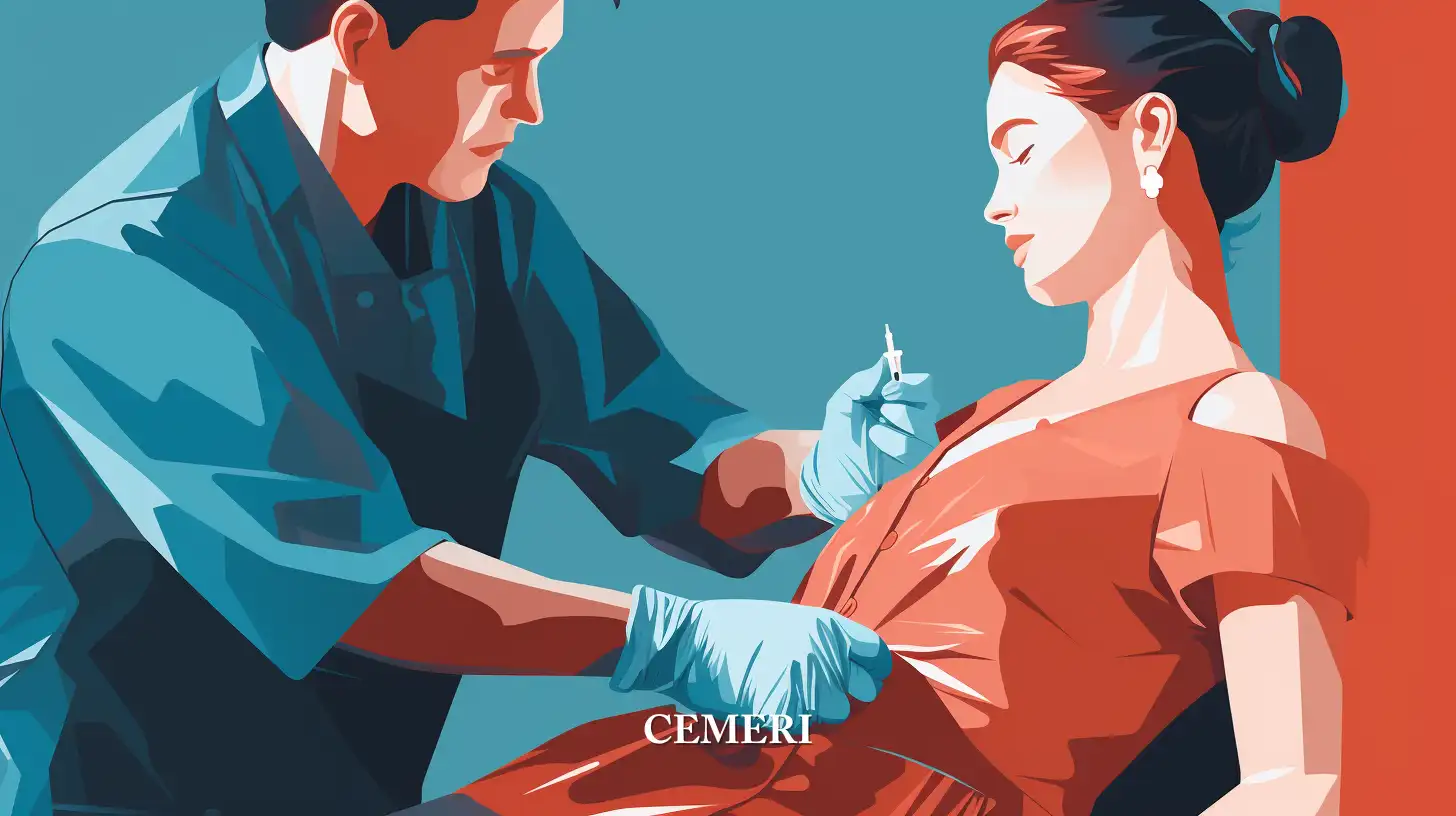Opinion
David Gallegos Rubio
Mass vaccination is the only way out for Latin America
- The vaccines will not be available to the general public until mid-2021 at the earliest.

Latin America is facing the second wave of infections due to the coronavirus pandemic that has cost the lives of more than [600,000 thousand human beings throughout the region](https://who.maps.arcgis.com/apps/webappviewer/ index.html?id=2203b04c3a5f486685a15482a0d97a87&extent=-17277700.8881%2C-1043174.5225%2C-1770156.5897%2C6979655.9663%2C102100). Contingency measures have been especially insufficient in the region since, while large percentages of its economically active population work in the informal sector, those who work in the formal sector have been seriously affected by the inability to generate income for their homes. This explains, in part, the high number of infections that has risen to almost 15 million people in the more than 30 countries of the continent .
GAVI Vaccine Alliance confirmed last week that some 280 million doses of anti-COVID vaccines will reach Latin America this year through the COVAX program.
Source: WTOP
VACCINES IN LATIN AMERICA
Clinical trials for vaccines generally occur in three phases. Phase 1 involves testing the safety of the dose in a small group of volunteers. Phase 2 extends the trials to a larger group. Phase 3, before limited use and approval, involves large-scale trials to compare the infection rates of those given placebo vaccines.
Efficacy rates show the degree to which disease was reduced in a group of vaccine trial participants. The World Health Organization prefers that a vaccine be at least 70% effective, with 50% considered the minimum.
Source: Own elaboration with data from the World Health Organization.
Until now (Sunday, February 7), [the countries that started their immunization plans](https://elpais.com/sociedad/2021-02-03/asi-avanza-la-vacunacion-contra-la-covid- en-america-latina.html?ssm=TW_AM_CM) are Mexico (0.55 doses per 100 inhabitants), Costa Rica (1.13 doses per 100 inhabitants), Panama (0.15 doses per 100 inhabitants), Ecuador (0.04 doses per 100 inhabitants), Brazil (1.6 doses per 100 inhabitants), Bolivia (0.03 doses per 100 inhabitants), ** Chile** (3.17 doses per 100 inhabitants) and Argentina (1.04 doses per 100 inhabitants).
VACCINES IN USE
Some of the most recent decisions of regulatory bodies that have approved vaccines in different Latin American countries are:
- BioNTech/ Pfizer/ Fosun Pharma/ Rentschler Biopharma: In Argentina it was authorized under "emergency registration" on 12/22/2020; The European Commission granted a "conditional marketing authorization" (CMA) on 12/21/2020, following the recommendation of the European Medicines Agency (EMA) to grant CMA; In Mexico COFEPRIS granted "emergency use authorization" on 11/12/2020.
- University of Oxford / Oxford Biomedica / AstraZeneca/IQVIA: Funded by the Coalition for Epidemic Preparedness Innovations (CEPI), the UK Government and Gavi, The Vaccine Alliance. In Brazil "temporary authorization for emergency use" was granted on 1/17/2021; Approved under "Emergency Use Authorization" in Dominican Republic, El Salvador and Mexico 6/1/2021; In Argentina it was authorized under "emergency registration" on 12/30/2020.
- Gamaleya Research Institute: Comes from the Russian Direct Investment Fund (RDIF) and has been authorized for "emergency use" in Argentina, Bolivia and Venezuela as of January 2021.
REGULATORY APPROVAL BY COUNTRY
Source: Astra Zeneca, [Novavax](https://ir.novavax.com/news-releases /news-release-details/novavax-covid-19-vaccine-demonstrates-893-efficacy-uk-phase-3#:~:text=(Nasdaq%3A%20NVAX)%2C%20a,the%20United%20Kingdom% 20(%20UK%20).), [Pfizer](https://www.pfizer.com/news/press-release/press-release-detail/pfizer-and-biontech-conclude-phase-3-study- covid-19-vaccine), Sinopharm, [Sinovac](https://g1.globo.com/sp/sao-paulo/ noticia/2021/01/12/vacina-coronavac-tem-eficacia-global-de-504percent-nos-testes-feitos-no-brasil-diz-instituto-butantan.ghtml), [Sputnik V](https:// sputnikvaccine.com/newsroom/pressreleases/the-sputnik-v-vaccine-s-efficacy-is-confirmed-at-91-4-based-on-data-analysis-of-the-final-control-po/)
** VACCINE ARRIVAL SCHEDULE **
- In Argentina, 20 million doses of Sputnik V are expected to arrive, 20 million in March from AstraZeneca and almost one million from Pfizer.
- In Chile, 14 million doses of Astra Zeneca are expected for March.
- In Brazil, 46 million doses of Sinovac are expected for March.
- Bolivia, Paraguay, Uruguay, Colombia and Ecuador will receive the vaccines through the COVAX agreement that will begin its distribution in March.
- Mexico expects 77 million doses from Astra Zeneca, 35 million doses from CanSinoBio and 24 million doses from Pfizer.
- Venezuela expects 10 million doses of Sputnik V for February.
COVAX IN LATIN AMERICA
Mexico, [Brazil](https://www.sandiegouniontribune. com/en-espanol/noticias/story/2021-01-22/brasil-espera-cargamento-de-vacunas-procedentes-de-india) and [Argentina](https://www.infobae.com/america/agencias /2021/01/16/arriba-a-argentina-segunda-tanda-de-vacuna-rusa-contra-coronavirus-5/) have led bilateral negotiations for their respective populations followed by Bolivia, Chile, Costa Rica, Ecuador and Panama. However, other less fortunate countries have adhered to multilateral measures such as [COVAX FACILITY](https://www.who.int/news/item/24-08-2020-172-countries-and-multiple-candidate-vaccines -engaged-in-covid-19-vaccine-global-access-facility) which is a global initiative of the World Health Organization (WHO) aimed at work with vaccine manufacturers to provide up to 2 billion doses for Latin America before the end of 2021.
TEMPORARY DISTRIBUTION LIST
Own elaboration with data from COVAX.
Even though these vaccines are available in several Latin American countries, it will still be important for their population to continue to wear masks, wash their hands, and keep their distance. The vaccines will not be available to the general public until mid-2021 at the earliest. And even then, it will take some time for the vaccines to be properly distributed throughout the community.
Sources
NA

